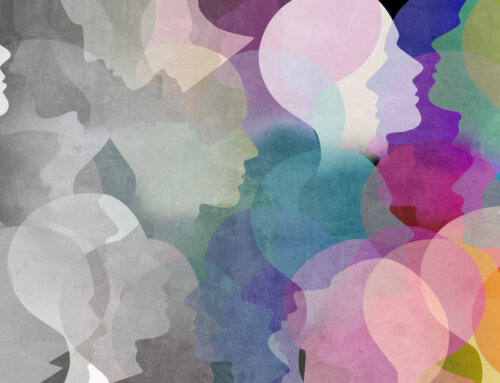How well do you really know and understand your buyers? Perhaps a better question is do you know HOW your buyers want to buy from you? Our prospects and your customers have changed the way they choose to buy. Technology and cultural shifts are transforming the way we all choose to buy. The pandemic has accelerated many behavioural and digital changes. More people have switched to remote or hybrid ways of working, which means today’s B2B buyers are not the same as they were yesterday, or a year ago.
B2B decision-makers have undergone a significant transformation in how they research, engage, and make purchasing decisions. The journey for B2B purchases has always been longer, and over recent years, buyers want to choose their route to purchase.
To be successful, businesses must adapt, and be nimble. Here are seven areas you should consider focussing on to be successful
1. B2B buyers prefer remote and digital interactions
According to McKinsey, over 70% of B2B decision-makers now prefer remote or digital interactions. This preference has been accelerated by the COVID-19 pandemic, which forced businesses to adapt and pivot heavily on digital and virtual communication. Buyers are no longer as inclined to engage in face-to-face meetings, making it essential for companies to adapt their sales strategies accordingly. Virtual sales calls, webinars, and online demos have become integral parts of the modern B2B sales process, with may buyers, choosing to take control of their journey to purchase i.e. choosing at what stage they talk decide they are ready to talk to a sales person.
2. Online research dominates the buying process
More than 70% of B2B buyers spend over half of their research time online. Gone are the days when buyers heavily relied on sales representatives for information. Instead, they turn to the vast online resources available to gather insights, read reviews, and compare products and services based on what they see and find online. This shift underscores the importance of a strong online presence, including an informative website, engaging content, use of client case studies and testimonials, and a robust social media presence.
3. Multichannel engagement is the norm
McKinsey’s research of B2B buyers and sellers over the last 6 years suggests that the average buyer in 2022 used ten or more channels as they journey through the buying process to reach you. This insightful research also suggests that B2B buyers are now prepared to spend $50,000 or more in online purchases This statistic highlights, more than ever the need for businesses to adopt a multi-channel approach to reach and engage with their target audience effectively. From email marketing to social media, chatbots, and content marketing, B2B buyers expect seamless and consistent interactions across various touchpoints. This is another reason why B2B organisations need to consider ‘always on marketing’.
4. Personalisation drives loyalty
In an article from Thrive My Way, A staggering 66% of B2B buyers report that they would switch to a company that offers personalized quotes. Buyers today are inundated with options, and personalisation can be the differentiating factor that wins their trust and loyalty. Leveraging data and automation tools to tailor and personalise your offers and communications to individual preferences can significantly impact and improve your sales success. Don’t be afraid of engaging with prospects on a one to one basis – let them know you are approachable, and accessible.
5. Video content is remains paramount
More than 70% of B2B buyers watch videos to complete their product research. Video continues to be a powerful medium for delivering complex information in an easily digestible format. Businesses that incorporate video into their marketing and sales strategies can effectively engage and educate their audience, ultimately influencing their purchasing decisions. Videos that include testimonials or case studies with customers are ‘gold dust’ because they are the ‘voice of your customer’ and represent a powerful and genuine experience of your product.
6. Content consumption is extensive and essential
Business buyers read a considerable number of pieces of content before making a decision. An article from Martech suggests that this its thirteen pieces of content before making a buying decision. This statistic emphasises the importance of a robust content marketing strategy. Providing valuable, informative, and relevant content at different stages of the buyer’s journey can help build trust and guide prospects towards a purchase.
7. Behaviour based on age demographics
It’s true, our behaviour based on our age varies. A high percentage of B2B buyers are millennials or Generation Z. This demographic have high expectations and preference for digital interactions. To cater to this demographic, businesses must adapt their messaging, process and engagement strategies to accommodate. Other variables in addition to age, such as sex, income, education, and marital status also influence how your buyers behave.
Technology and cultural shifts are changing buyer behaviours
To succeed in B2B sales, businesses must adapt and understand the changing dynamics of their buyers. Understanding your buyers is more crucial than ever. With remote interactions, extensive online research, multichannel engagement, and a preference for personalisation, businesses need to adapt their sales and marketing strategies to meet the evolving needs and preferences of B2B decision-makers.
The statistics highlighted above serve as a wake-up call for companies to reevaluate their approach and ensure they are well-equipped to engage and convert the modern B2B buyer. To succeed in this changing landscape, businesses must embrace digital transformation, prioritise personalisation, and invest in sales enablement activities to stay ahead of the curve.





